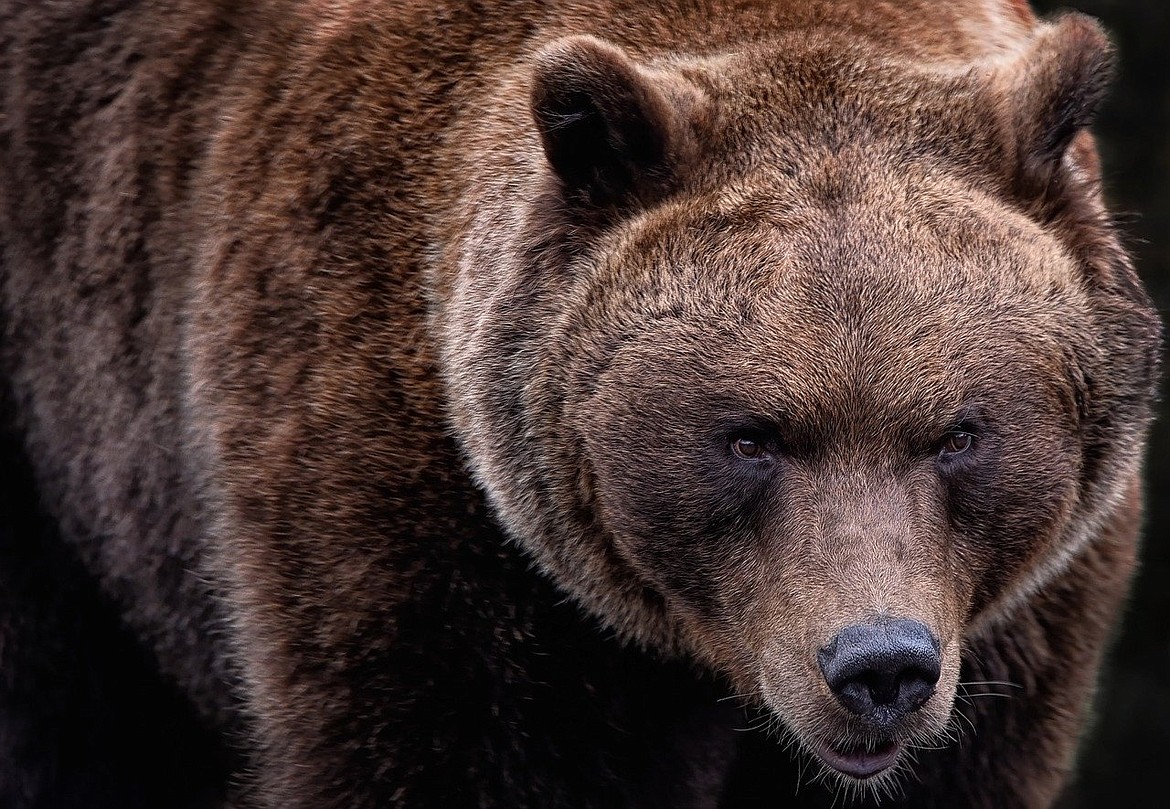State misses the mark on grizzly delisting
At the heart of the Greater Yellowstone and Northern Continental Divide ecosystems, grizzly bears symbolize the wildness of Montana. Healthy grizzly populations demonstrate healthy ecosystems. Montana has more grizzlies than any other state outside Alaska and we should be proud of that.
Grizzlies have made great strides toward recovery in certain ecosystems, but the law requires that in addition to numbers of bears, careful management must be in place before the grizzly is delisted from the Endangered Species Act. We have previously supported the delisting of grizzly bears and turning management over to the states, but our position has changed due to recent actions of the state Legislature and Fish, Wildlife and Parks leadership that threaten grizzly bear recovery. The following issues must be corrected before grizzly bears can be delisted:
Management plans must manage for stable populations in core areas after delisting. Upon delisting, the state plans to reduce grizzly numbers even in core grizzly habitats and this is unacceptable. We haven’t recovered grizzlies to healthy populations so the state can then drive their numbers down after delisting.
Eliminate the application of anti-predator state laws anywhere that grizzly bears exist so that grizzly mortality can be adequately managed. Montana and Idaho have placed indiscriminate wildlife killing methods into grizzly bear habitat. Here are the state laws than cannot be in place anywhere grizzly bears are present:
• Hound hunting of black bears. Hound hunting of black bears where grizzly bears are present will result in unmanageable grizzly bear deaths.
• Wolf trapping and neck snaring with bait. Wolf trapping and neck snaring with bait cannot occur where grizzly bears are present other than in the depth of winter when bears are denned.
• Allowing shooting of wolves over bait at night using night-vision equipment or artificial lights or thermal imaging technology. Bears will also be attracted to baits and could be shot at night at these sites.
Assurances that adequate state and federal laws and policies that meet the requirements for delisting remain in place after delisting. There must be trustworthy and credible state assurances that adequate laws and policies to manage grizzly mortalities will remain in place after delisting. Mortality regulatory mechanisms are not temporary tools for state agencies, governors and legislatures to achieve a delisting decision, only to be stripped away after delisting.
Assurance of no grizzly bear sport hunting in any connectivity areas between grizzly ecosystems. Sport hunting of grizzlies should never occur in any connectivity areas. The few bears that try to move through connectivity areas should be met with human/bear conflict prevention efforts, not bullets. An active program to minimize conflicts is needed, and baseless state policies intolerant of grizzly bears should be abandoned.
Explain how the state plan to kill many bears outside core areas upon delisting won’t result in continual decline in core area populations. Many grizzlies naturally move back and forth across core area boundaries. The state plan is to allow high numbers of grizzly deaths outside core areas upon delisting with no mortality limits or consideration of how this will impact core area populations. This will result in continual population decline inside core areas.
Use grizzly bear distribution maps that accurately represent the distribution of grizzly bears in Montana, Idaho and Wyoming. The map of “occupied range” of grizzly bears currently used by the state does not display the actual distribution of grizzly bears. There are likely hundreds of grizzly bears that live part or all their lives outside the “occupied range” maps used by the state. The state needs to use maps that accurately show the distribution of grizzly bears and carefully manage mortality in all these areas.
Accurately describe the impact of hunting on grizzly bears. Sport hunting of grizzly bears, should it be implemented, must assure that populations do not decline and be limited to sustainable mortality numbers. Such a hunt would be a trophy hunt (broadly defined as the killing of animals for recreation with the purpose of collecting trophies such as horns, antlers, skulls, skins, tusks, or teeth for display) to satisfy the interests of some people who wish to hunt grizzly bears. Montana FWP continues to try to mislead the public with false information about what grizzly hunting will accomplish. Here’s the truth:
• Sport hunting will not balance grizzly bear numbers with their available habitat.
• Sport hunting will not minimize depredations against private property within or adjacent to grizzly bear habitat.
• Sport hunting will not minimize grizzly bear attacks on humans.
Habitat management commitments and recreation development limits by land management agencies must be assured post delisting. Careful management of public lands inside core areas must be actual commitments and not transient policies dependent on current agency leadership. The recent Holland Lake Lodge development proposal on the Flathead National Forest is an example of poor public land management in key grizzly habitat. Current USFS commitments do not adequately manage or even consider recreation impacts on grizzlies in core grizzly habitat.
We have long supported grizzly bear delisting once population objectives are met and once laws and regulations will remain in place to assure grizzly bear populations and habitat will continue to be carefully managed post-delisting. However, at present, many existing state and federal laws, regulations and policies are inadequate or are unacceptable. Until these shortcomings are addressed, federal grizzly protections under the Endangered Species Act should remain in place.
Christopher Servheen is president and board chair of Montana Wildlife Federation and former grizzly bear recovery coordinator with the U.S. Fish and Wildlife Service; Tim Aldrich is a former member of the Montana Fish and Wildlife Commission; Gary Wolfe is a former member of the Montana Fish and Wildlife Commission; Tom Puchlerz is a former forest supervisor with the U.S. Forest Service; Harvey Nyberg is a former regional supervisor with Montana Fish, Wildlife and Parks; Dale Becker is a former tribal wildlife program manager with the Confederated Salish and Kootenai Tribes.


